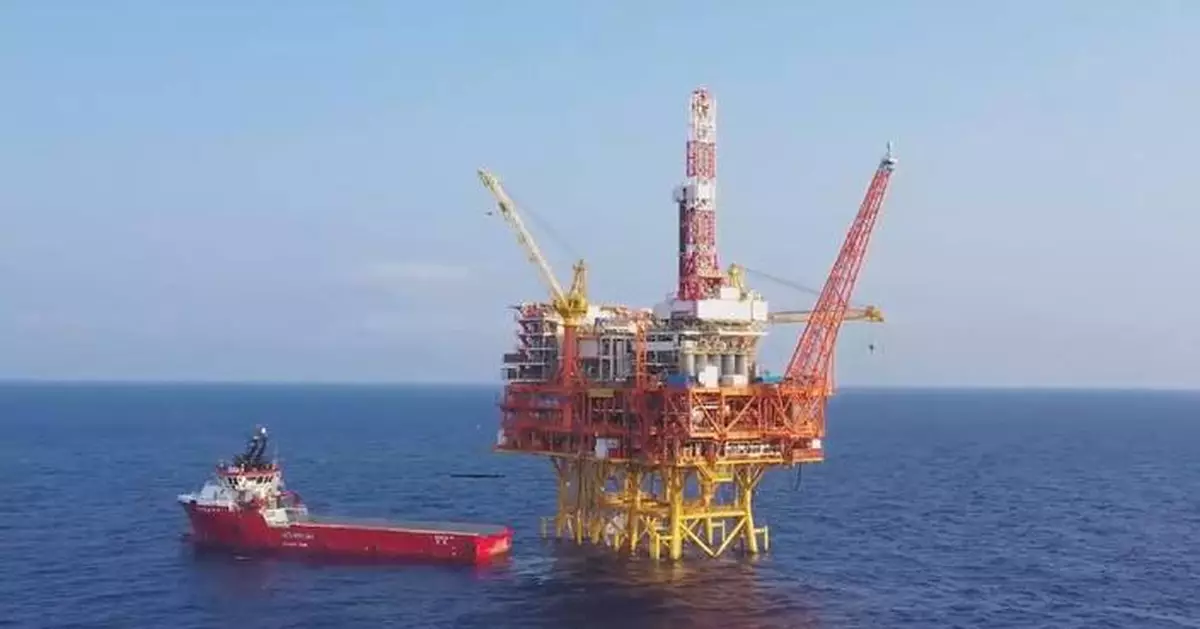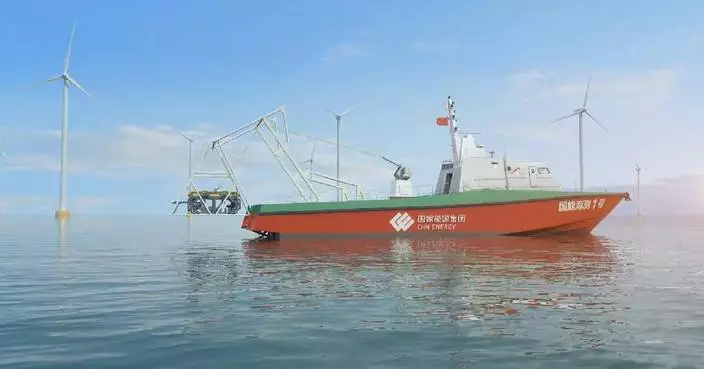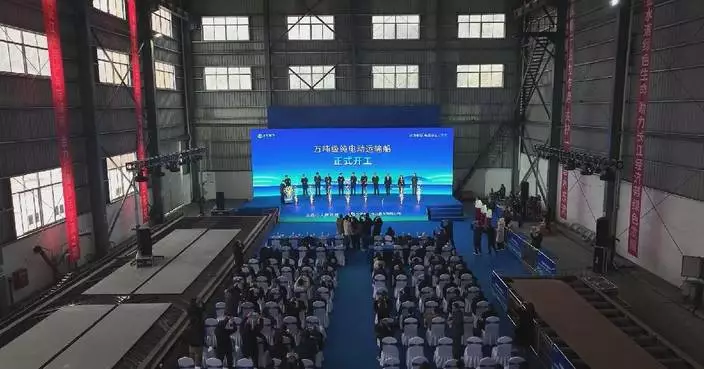A record-breaking deepwater jacket structure of China has completed its first well drilling operation, saving eight days off the planned schedule, according to China National Offshore Oil Corporation (CNOOC) on Tuesday.
Haiji-2, China's homegrown deepwater jacket, was installed in the Pearl River Mouth Basin sea area off China's Guangdong Province in March this year, setting multiple Asian records.
The 338.5-meter-high jacket operates at an average depth of 324 meters and weighs 37,000 tons, breaking Asia's records for the structure height, weight, operational depth and construction speed.
Jackets are constructions affixed to the seabed, serving as foundations for offshore oil and gas production facilities.
Oil and gas resources in water depths exceeding 300 meters are classified as deep-sea oil and gas internationally. The extraction of these resources is significantly more challenging than that of onshore and shallow water oil and gas, often requiring more advanced equipment and technology.
The completion of the well drilling operation marks China's first development of a deepwater oilfield at depths surpassing 300 meters by using a deepwater jacket.
"Compared with the underwater development model which is relatively costly, Haiji-2 employs an above-water development approach, which effectively reduces investment costs and significantly lowers subsequent drilling, completion, and production operation expenses. This innovative model notably enhances the oilfield recovery rate and economic viability, paving a new path for the efficient and economical development of China's deepwater oil and gas resources," said Ma Yi, project manager of Liuhua Oilfield with the CNOOC.
"For the first time in China, the operational team has successfully applied miniature cost-effective underwater robots, providing visual guidance for the precise positioning and rapid navigation of risers in deep water
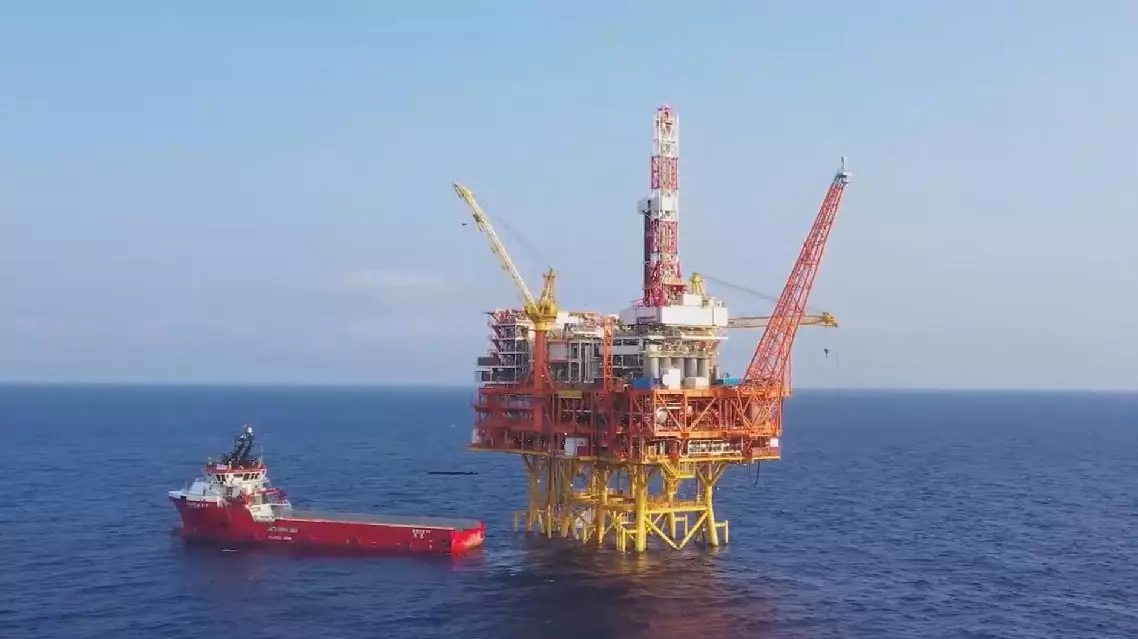
China's homegrown deepwater jacket completes 1st well drilling
Members of the Shenzhou-19 crew aboard China's Tiangong Space Station successfully completed their second series of extravehicular activities (EVAs) at 01:12 (Beijing Time) on Tuesday, after performing multiple tasks including the installation of space debris protection devices and an extravehicular inspection.
Astronauts Cai Xuzhe, Song Lingdong and Wang Haoze worked for over eight hours to complete the tasks, with Cai and Song undertaking spacewalk duties. They were assisted by the space station's robotic arm and a team on Earth.
Song stepped out of Tiangong's Wentian lab module at 16:55 on Monday. Cai exited the module about two hours later to join Song on device installation tasks. Meanwhile, Wang stayed in the station's core module to provide support.
"The primary task is to install debris protection devices outside the module to safeguard its external cables from debris impact. Given the increasingly severe risk of space debris collisions in the orbital environment, we have carefully selected appropriate materials and made specialized designs. Additionally, the protection devices are designed to be easily and securely installed on the exterior of the space station, ensuring effective protection," said Li Zhihai, an aerospace engineer with the China Aerospace Science and Technology Corporation.
During their previous extravehicular mission in December, the Shenzhou-19 crew primarily installed protective devices for the external pipelines and cables of the Tianhe core module. Their second spacewalk put a focus on strengthening the Wentian lab module.
"Since the operational area for this mission differs from the previous one, the entire path planning process for the robotic arm must take into account the specific conditions around the Wentian module. It is essential to avoid any interference or collisions with the module itself or its solar panels. This requires maintaining a safe distance, which necessitates optimization in the design phase on the ground, along with extensive testing and validation," Li said.
The crew has completed all tasks smoothly and the two astronauts conducting the EVAs have returned to the Wentian lab module safely.
"The astronauts showed exceptional efficiency and speed throughout the entire process, and all installations were done perfectly," Li said.
The Shenzhou-19 crew have completed nearly half of their space journey and are scheduled to carry out a significant number of in-orbit scientific experiments and technological tests, according to the China Manned Space Agency.
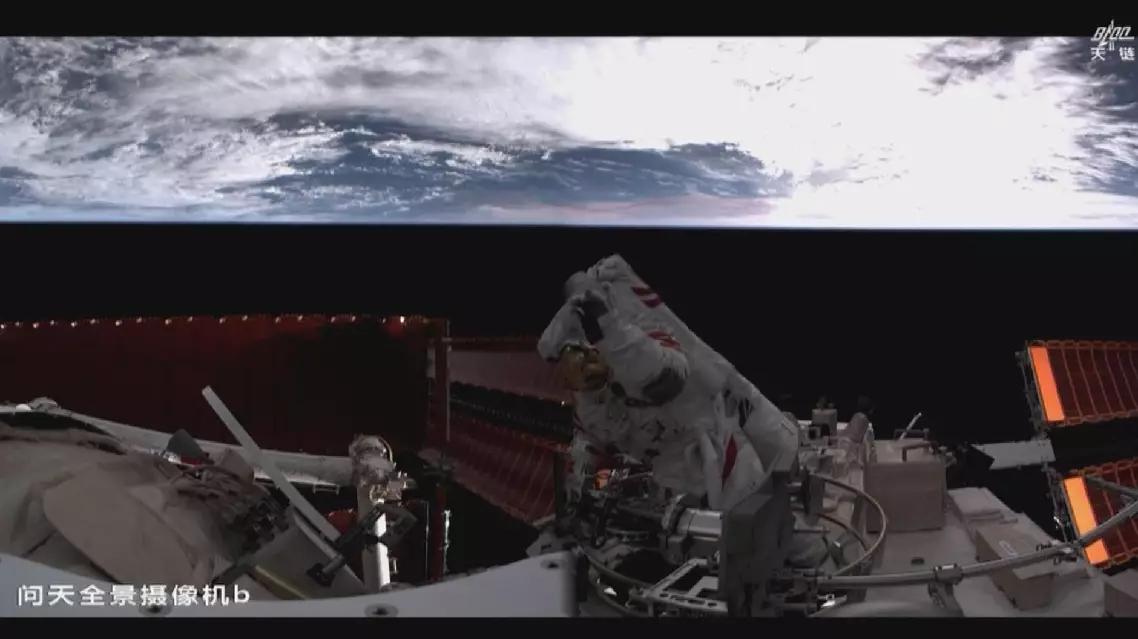
Shenzhou-19 crew strengthens Tiangong station's debris protection in second spacewalk



